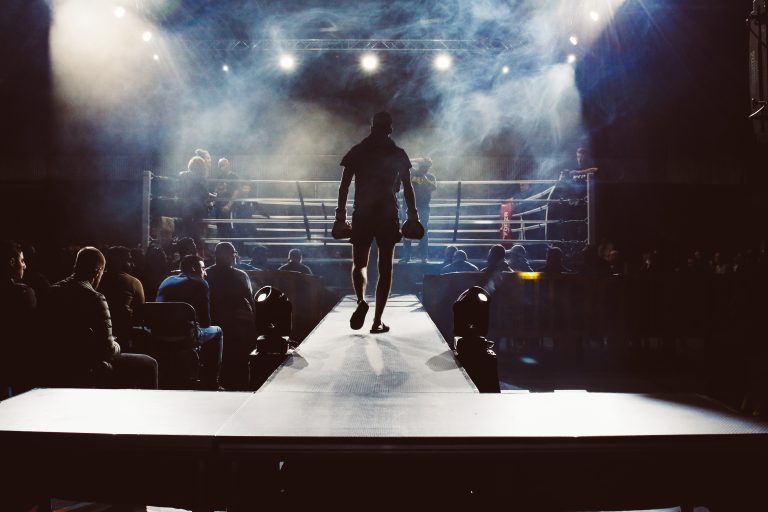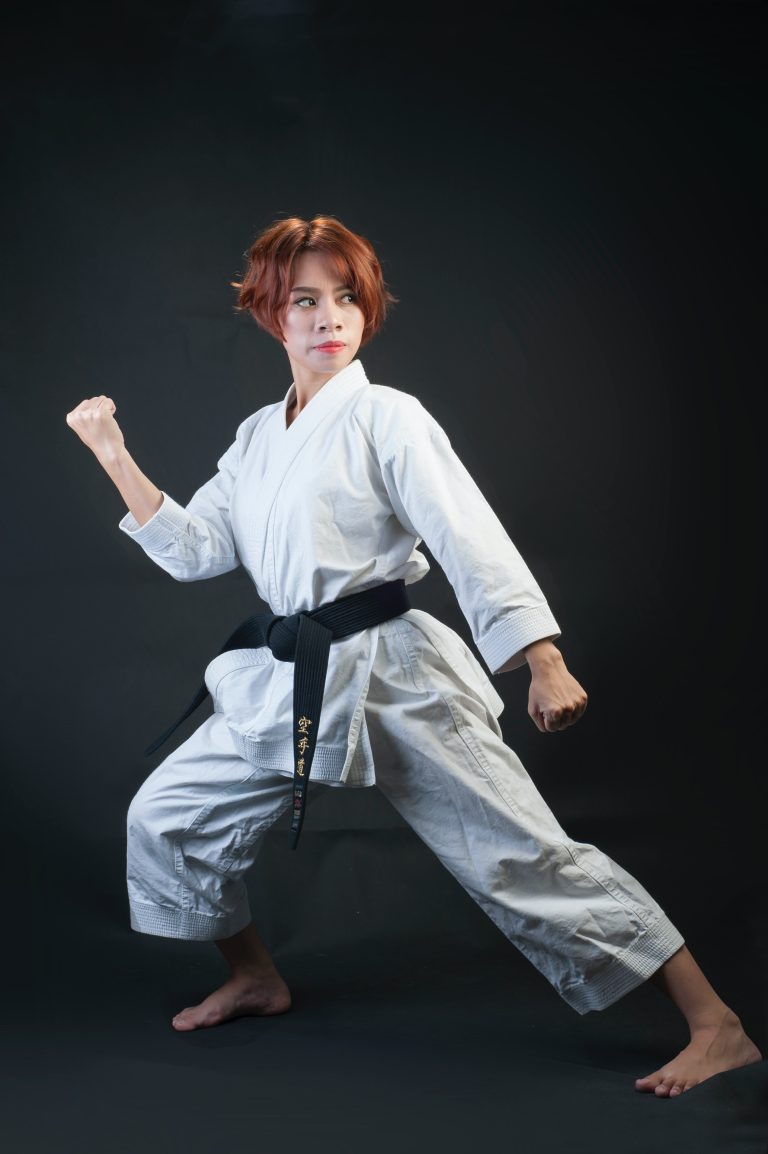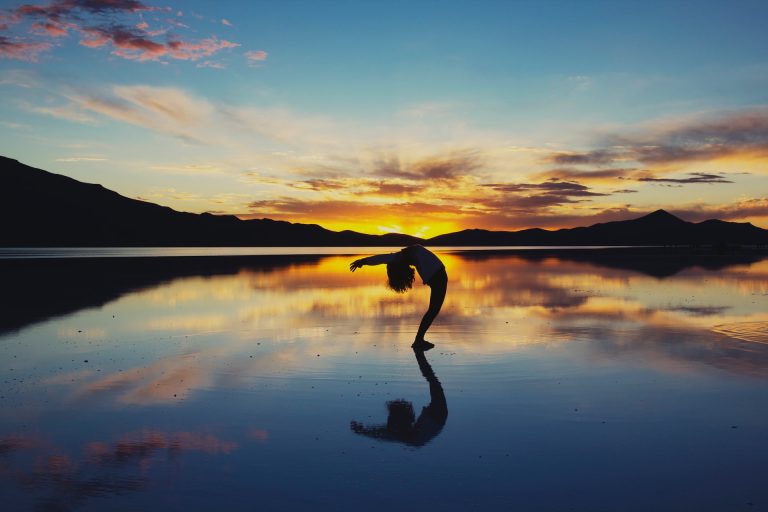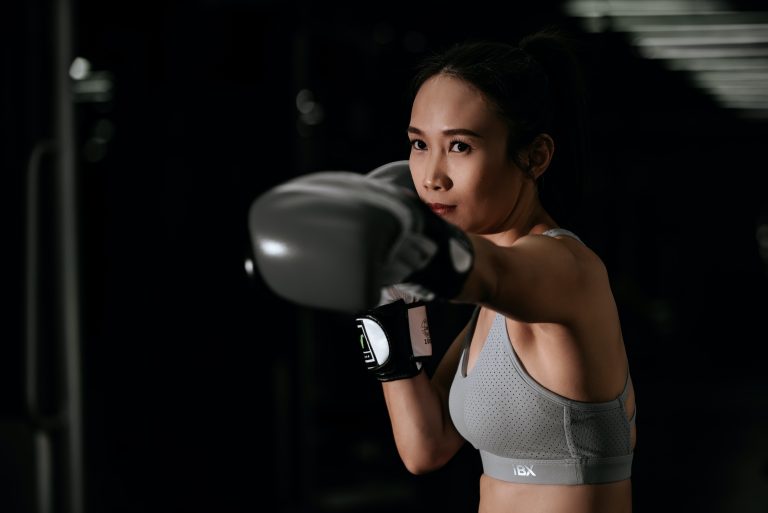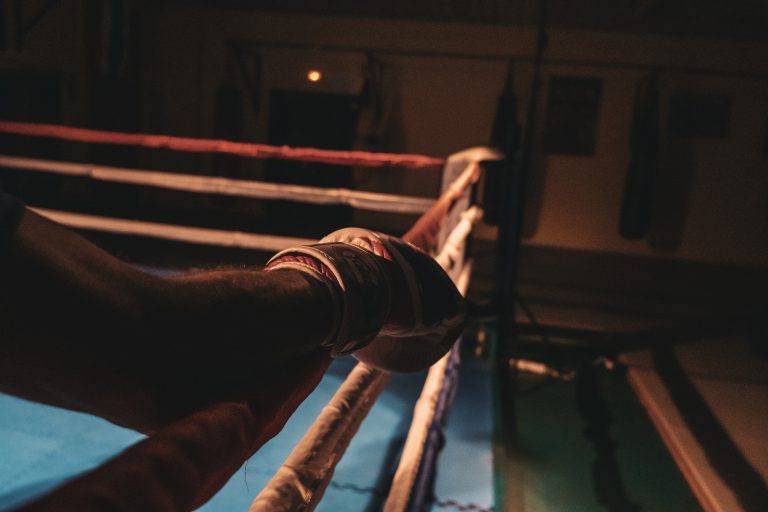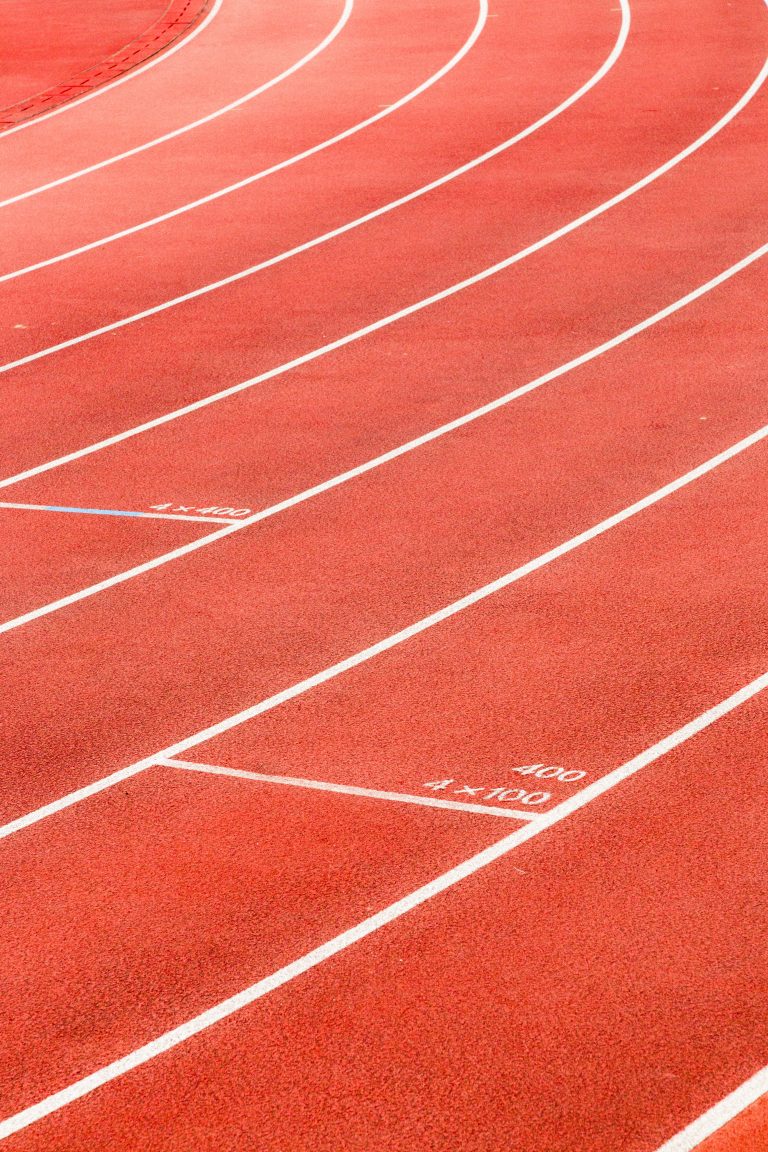Karate: Everything You Need to Know About This Traditional Art Form
Karate is a traditional martial art form that dates back centuries. With its deep roots and lineage, it has become one of the most popular martial arts in the world today. It has a wide range of applications that span from physical fitness and self-defense to self-discipline and spiritual enlightenment. While there are many different styles of karate, each with its unique rules and forms, there are some universal principles that apply to all. Here is everything you need to know about karate.
Understanding Karate Origins and History
Karate is a traditional martial arts form that originated in Okinawa, Japan, in the Ryukyu Islands as far back as the 14th century. It was first introduced to Okinawa by Chinese immigrants, who used it to defend themselves against local assaults. The martial art then spread throughout Japan and the world, eventually becoming its own distinct form.
Karate is usually referred to as a “Way,” which means that it focuses on developing the whole person – spiritually, mentally, and physically. Traditionally, it includes a wide variety of techniques, including strikes, kicks, throws, joint manipulation, and submissions. It also emphasizes physical conditioning, mental control, and self-discipline. As a martial art, karate is often used for self-defense, but it is also practiced for health reasons, recreation, and spiritual development.
Karate Styles: Understanding Different Forms
Karate encompasses a wide range of styles and forms. Each style tends to focus on different aspects and principles of the artform; for example, some emphasize evasion and blocking while others may focus on kicks or punches. Some of the most popular karate styles practiced around the world include Shotokan, Goju-ryu, Wado-ryu, Shito-ryu, and Kyokushin.
Shotokan: Developed in the 1930s by Gichin Funakoshi, this style of karate emphasizes powerful linear movements. Shotokan emphasizes strong and powerful stances and emphasizes strikes with both hands and feet while maintaining a good balance.
Goju-ryu: Founded by Chojun Miyagi in the early 20th century, this style of karate combines soft and hard movements. Punches and kicks are balanced with grappling, blocks and throws. This style places more focus on breath control and deep stances.
Wado-ryu: Founded in the 1930s by Hironori Osumi, this style of karate focuses on using circular and evasive movements, rather than simple linear movements like the other styles. Blocking techniques are also a big part of this style.
Shito-ryu: Founded by Kenwa Mabuni in the early 1930s, Shito-ryu combines techniques from Shotokan and Goju-ryu to create a dynamic style with an emphasis on both striking and grappling techniques.
Kyokushin: Developed in the 1950s by Masutatsu Oyama, Kyokushin focuses on strong striking techniques. It heavily emphasizes conditioning and stamina-building using strength training exercises such as push ups and squats.
Getting Started With Karate Training
If you’re looking to get started with karate, there are a few important things to keep in mind. First, it’s important to choose the right style for you. Consider what you want to get out of the art form before choosing a style that best fits your goals. Do you want to focus on self-defense? Or do you want to focus on physical fitness? Knowing this will help you narrow down your choices.
Once you find a style that works for you, it’s important to find an instructor or dojo that is both knowledgeable and experienced in that style of karate. Dojos are often divided into different classes according to experience levels and should provide you with an introductory course on karate basics before allowing you to jump into more advanced classes.
It’s also important to make sure you have the proper clothing and equipment for training – such as uniforms (known as “gi”), mats, gloves, and other gear – for comfortable and safe practice sessions.
Health Benefits of Training Karate
Karate isn’t just an effective means of self-defense; it can also be an incredibly rewarding physical activity with innumerable benefits for your overall health. According to research conducted by the University of Texas Medical School at Houston, regular karate practice can lead to improved coordination and balance, increased muscular strength and endurance, increased self-esteem and emotional well-being
Karate: Everything You Need to Know About This Traditional Art Form
Karate is a traditional martial art form that originated in the islands of Okinawa, Japan, in the early 20th century. It is a system of techniques designed to defend oneself using various striking, kicking, and blocking methods. Although Karate is often associated with physical combat, it is much more than just fighting. Let’s delve into some of the most frequently asked questions about Karate and explore everything you need to know about this traditional art form.
What is Karate?
Karate is a traditional martial art form that developed in the Ryukyu Kingdom (modern-day Okinawa, Japan) in the early 20th century. The word „Karate“ is derived from the Japanese words „Kara“ meaning empty, and „te“ meaning hand, which translates to „empty-hand.“ Karate techniques are primarily based on striking, kicking, punching, and blocking, although many Karate schools also emphasize grappling and throwing methods. There are various styles and sub-styles of Karate, each with its own unique curriculum and philosophy.
What are the benefits of learning Karate?
Karate is a great way to improve physical fitness, mental and emotional wellbeing, and self-esteem. Some of the benefits of learning Karate include:
- Physical fitness- Karate requires a lot of movement, which helps improve cardiovascular health, flexibility, and strength.
- Mental and emotional wellbeing- Karate can help relieve stress, anxiety, and depression, and improve focus and concentration.
- Self-discipline- Karate teaches self-discipline, including respect for others, self-control, and responsibility.
- Self-defense- Karate techniques can be used to protect oneself from physical harm.
- Social connections- Karate provides an opportunity to connect with others with similar interests and form positive relationships.
What are the different styles of Karate?
Some of the most popular styles of Karate include:
Shotokan Karate
Shotokan Karate is one of the most popular styles of Karate and was established by Gichin Funakoshi in the early 20th century. This style of Karate emphasizes strong stances, powerful strikes, and efficient movement.
Goju-Ryu Karate
Goju-Ryu Karate is a traditional style of Karate that was founded by Chojun Miyagi in the early 20th century. This style of Karate emphasizes circular movements, close-range techniques, and breathing exercises.
Wado-Ryu Karate
Wado-Ryu Karate was founded by Hironori Ohtsuka in the early 20th century. This style of Karate emphasizes fluid, natural movements, and incorporates elements of Jujutsu and Aikido.
Shito-Ryu Karate
Shito-Ryu Karate was founded by Kenwa Mabuni in the early 20th century. This style of Karate incorporates techniques from both Shuri-Te and Naha-Te, and emphasizes circular movements and power generation through proper breathing techniques.
What is the ranking system in Karate?
Karate has a ranking system that allows students to progress through the levels of mastery. The ranking system generally uses colored belts to signify different levels of experience and proficiency. The most commonly used belt colors are white, yellow, orange, green, blue, brown, and black, with varying degrees of each color. Promotion through the ranks is typically based on a combination of skill, knowledge, time and attendance, and overall character.
What is the philosophy of Karate?
Karate is not just about physical combat; it is also a way of life. The philosophy of Karate emphasizes self-discipline, respect, perseverance, and humility. Karate practitioners aim to develop not only their physical abilities but also their mental and emotional resilience. The ultimate goal of Karate is not to win against an opponent but to achieve a sense of personal growth and self-improvement.
Is Karate suitable for all ages?
Karate is suitable for people of all ages, from young children to adults. Karate training can be adapted to suit the needs and abilities of individuals, from gentle exercises for older adults to rigorous martial arts training for young athletes. Many Karate schools offer classes specifically tailored to different age groups and proficiency levels.
Where can I learn Karate?
Karate classes are available in many locations, including community centers, schools, and martial arts studios. To find a Karate school near you, start by searching online or asking for recommendations from friends or family members who have experience with martial arts. When choosing a Karate school, look for a well-established institution that has experienced instructors, a strong curriculum, and a positive and supportive atmosphere.
Conclusion
Karate is a traditional martial art form that offers numerous physical, mental and emotional benefits. Whether you are looking to improve your physical fitness, develop self-discipline, or learn self-defense techniques, Karate can be a rewarding and enriching experience. With a variety of styles to choose from and numerous opportunities to learn and grow, Karate is a great way to achieve personal growth and self-improvement.
Inhaltsverzeichnis

